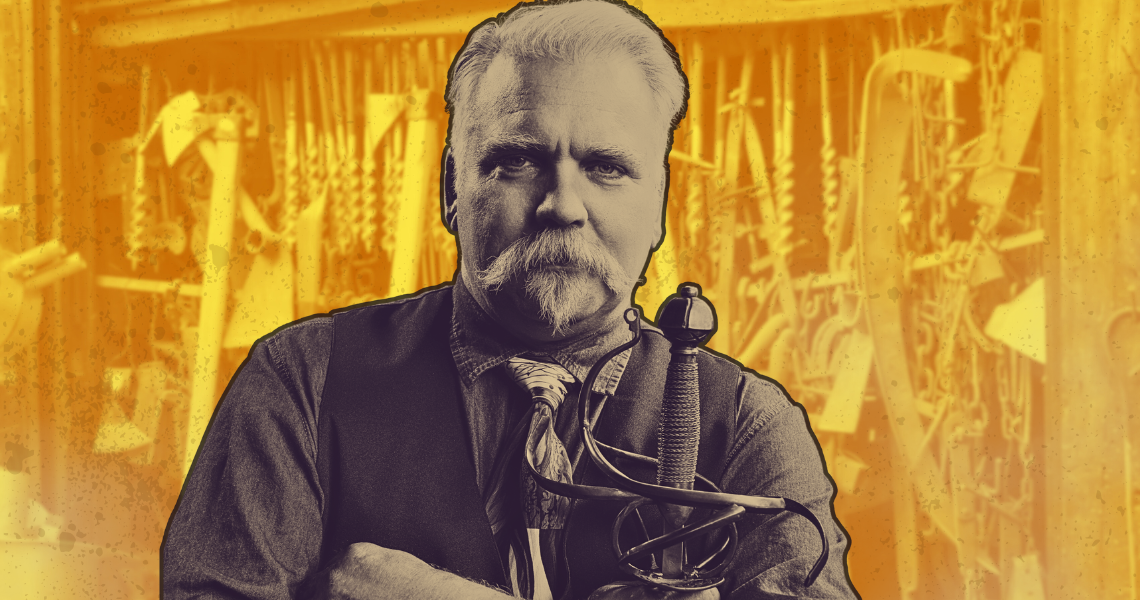From Slaves to Legends: The Rise of Gladiators in Ancient Rome
The arena erupts with the deafening roar of the crowd as two gladiators step forward, their weapons at the ready. The heat of the sand burns beneath their feet as they circle each other, eyes locked in deadly intent. The audience holds their breath as the fight begins, knowing that only one of these warriors will emerge victorious.
RELATED: THE NINJA- A BRIEF LOOK AT THESE SILENT ASSASSINS
(Image credit: Fotokvadrat)
Who were the Gladiators?
Gladiators were the ultimate warriors of ancient Rome, fighting in bloody battles to entertain the masses. They were slaves or prisoners of war who were trained in combat and pitted against each other in a fight to the death. Gladiators were a form of entertainment that became wildly popular during the Roman Republic and Empire periods, with thousands of people attending each event.
Despite their popularity, gladiators were often looked down upon in ancient Rome. They were considered to be low-class citizens, with no rights or freedoms of their own. Many were forced into the arena against their will, forced to fight for their lives in front of cheering crowds.
Typical Gladiatorial Weapons
The weapons of gladiators varied, with some being trained to use swords, shields, and spears, while others were armed with tridents and nets. The most famous type of gladiator was the "retiarius," who used a trident and net to catch his opponent off guard before delivering the final blow.
Literally meaning “swordsman”, they were so named after the gladius, the preferred weapon of the Roman legions. Despite their naming heritage, ultimately the gladiators used anything and everything they could get their hands on. With their lives on the line, these warriors were quick to adapt to the weapons at hand.
Famous Gladiators
The gladiators were veritable superstars to the Roman citizenry. Their prowess and aptitude were intoxicating; it was quite literally a perfect example of the old saying “men wanted to be them, women wanted to be with them”. With this fame came a certain notoriety, and with notoriety inevitably came power.
One of the most famous gladiators of all time was Spartacus, a slave who led a rebellion against the Roman Empire. He and his army of gladiators fought valiantly against their oppressors, inspiring others to fight for their freedom as well.
Gladiators in Popular Culture
(Image credit: Fxquadro)
Today, the legacy of gladiators lives on in popular culture. Movies like "Gladiator" and "Spartacus" have captured the brutality and excitement of the arena, while television shows like "Spartacus: Blood and Sand" and "Rome" have delved deeper into the lives of these warriors. Video games like "Ryse: Son of Rome" and "Gladiator: Blades of Fury" allow players to step into the shoes of a gladiator and experience the thrill of combat for themselves.
But for all its entertainment value, the reality of gladiatorial combat was a brutal and unforgiving one. Fighters were often wounded or killed in the arena, with little regard for their safety or well-being. The glory and adulation of the crowd were fleeting, with only a select few gladiators rising to fame and fortune.
In the end, the legacy of gladiators is one of courage and resilience in the face of adversity. These warriors fought for their lives, facing impossible odds with bravery and skill. They may have been looked down upon in their time, but their legacy lives on today as a testament to the enduring human spirit.
About The Author
More from Jordan
















